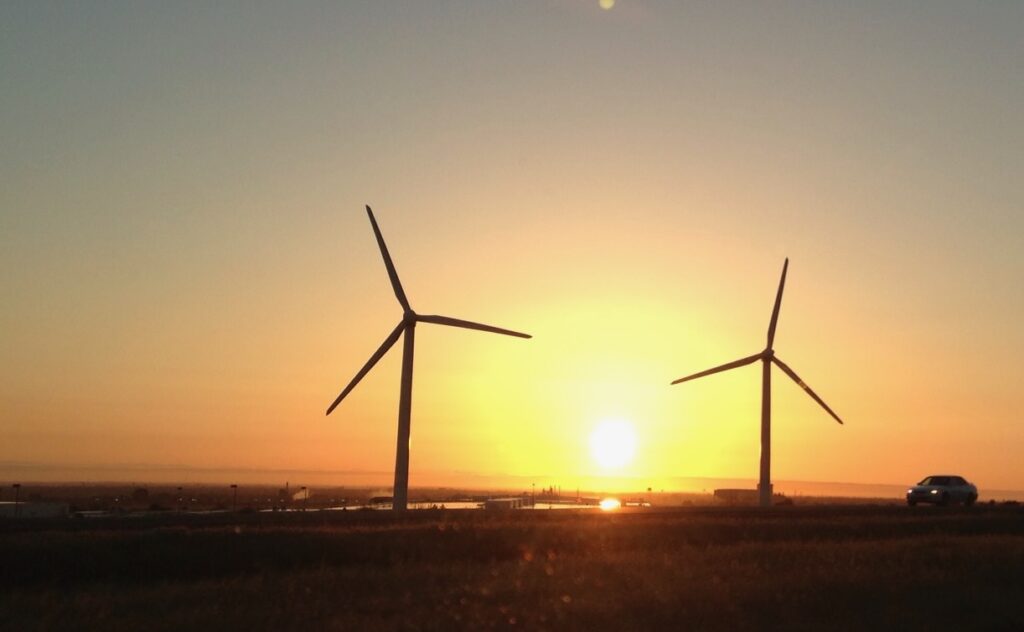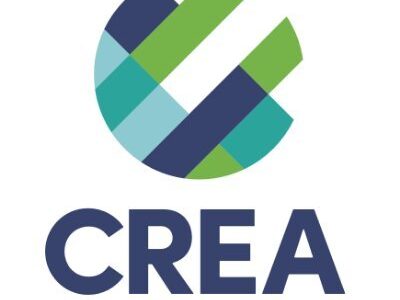A Framework for Equitable Climate Infrastructure Investments
Reframing Infrastructure Investments to Realize an Equitable Transition
 Achieving climate goals requires significant investments in clean energy, transportation, and other climate technologies to reduce greenhouse gas emissions and remove carbon from the atmosphere. The Bipartisan Infrastructure Law and Inflation Reduction Act have resulted in historic levels of public investment to transform existing energy and transportation systems and lay the foundation for emerging climate technologies. Accompanied by federal and state commitments to prioritize communities hardest hit by pollution and historic disinvestment, these programs provide an opportunity for Equitable Climate Infrastructure Investment – investment that delivers meaningful environmental and economic opportunity to communities and does not repeat historic actions that concentrated pollution and poverty.
Achieving climate goals requires significant investments in clean energy, transportation, and other climate technologies to reduce greenhouse gas emissions and remove carbon from the atmosphere. The Bipartisan Infrastructure Law and Inflation Reduction Act have resulted in historic levels of public investment to transform existing energy and transportation systems and lay the foundation for emerging climate technologies. Accompanied by federal and state commitments to prioritize communities hardest hit by pollution and historic disinvestment, these programs provide an opportunity for Equitable Climate Infrastructure Investment – investment that delivers meaningful environmental and economic opportunity to communities and does not repeat historic actions that concentrated pollution and poverty.
What is Equitable Climate Infrastructure Investment?
Traditionally, climate infrastructure has been thought of as projects like large scale renewable projects (e.g., wind and solar), electric vehicle charging, and similar “hard” infrastructure. However, as we work toward an equitable climate transition, climate infrastructure investments need to be envisioned in a more expansive way. Equitable climate infrastructure investment will include not just hard infrastructure and technologies and nature-based solutions to remove and store carbon and build resilience but also the “soft” infrastructure investments necessary to realize equitable outcomes. This group of climate infrastructure mechanisms includes:
- Civic and community-based organizations and structures to enable meaningful engagement and bolster decision-making capacity and power building in communities
- Legal, institutional, and governance systems to provide community-oriented project management and ownership, enforceable pathways to deliver community benefits, and project oversight, transparency, and accountability
- Durable funding and financing systems, including community ownership structures, to provide equitable access to clean technology and deliver economic benefits in the most impacted communities.
Tools and Resources to Realize Equitable Climate Infrastructure Investment
Last week, CLEE released two new reports that examine how to support equitable climate infrastructure investment in the project design process. In Facilitating Equity-Oriented Electric Vehicle Infrastructure Investments, we examine three process strategies that governments and community stakeholders can employ to design equity-oriented EV infrastructure investments, including community oversight councils, participatory budgeting, and Community Benefits Agreements (CBAs). The report develops thematic policy recommendations for local project planners to employ these tools to realize equitable outcomes.
In Community Benefits Tools and California Clean Energy Projects, we examine select policy drivers and tools to deliver community benefits and explain how enforcement, benefits, and other factors may differ between these mechanisms. We also take a closer look at CBAs, which can be an effective tool to support an equitable climate transition, catalyze substantive long-term investments in community priorities, and achieve effective, durable projects.
Looking ahead, CLEE will continue to build out tools and resources to support Equitable Climate Infrastructure Investment across a number of focus areas including:
- Our EV Equity Initiative, a multi year effort focused on the role of local governments in the EV transition
- CALDAC, a DOE-funded direct air capture feasibility study
- Our long-standing work in offshore wind research and stakeholder engagement
We will leverage work underway through these and other climate infrastructure research projects to evaluate and develop models for: community oversight, governance, and benefits; replicable frameworks to achieve climate goals and deliver meaningful benefits to communities; and stakeholder-driven pathways to realize equitable climate infrastructure investment.
Later this week, Katherine Hoff and Kasia Kosmala-Dahlbeck will share more detail on each of the reports mentioned in this post.







Reader Comments